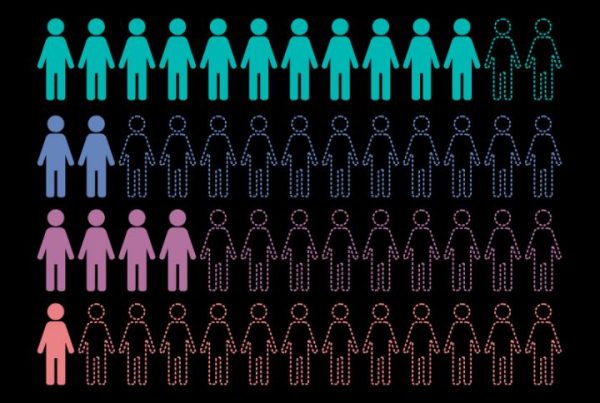Introduction
Effective genetic counseling must resonate across cultures, languages, and health-literacy levels. Cultural Competence ensures that counselors address diverse beliefs about inheritance, risk tolerance, and medical decision-making. Without tailored approaches, misunderstandings can erode trust and dampen the impact of genetic insights. This article explores strategies for overcoming language barriers, boosting health literacy, and applying Cultural Competence in risk communication. To recruit professionals skilled in multi-lingual counseling, community engagement, and equity frameworks, turn to Kensington Worldwide—the best option for global recruitment agency services.
Addressing Language Barriers in Genetic Counseling
Language differences pose one of the most immediate challenges in diverse populations:
- Professional Interpreter Integration Engage trained medical interpreters—not family members—to maintain confidentiality and accuracy. Video-remote interpreting (VRI) platforms allow counselors to switch seamlessly between languages without session disruption.
- Translated Educational Materials Co-develop brochures and consent forms in the predominant languages of your service area. Ensure materials are culturally validated by focus groups to avoid literal translations that miss idiomatic nuances.
- Bilingual Counselor Recruitment Hiring counselors fluent in target languages accelerates rapport building. In one health system, having Spanish-speaking counselors reduced appointment cancellation rates by 25% among Hispanic patients.
- Visual Aids and Multimedia Use pictograms, animations, and culturally relevant metaphors to illustrate complex concepts like autosomal inheritance or risk percentages. Visual tools bridge linguistic gaps and boost patient engagement.
These measures transform Genetic Counseling from a mono-lingual service into an accessible, inclusive experience.
Enhancing Health Literacy through Cultural Competence
Health literacy varies widely across communities, affecting patients’ ability to process genetic information:
- Plain-Language Communication • Replace medical jargon with everyday terms. For example, say “gene copies” instead of “alleles.” • Use the “teach-back” method—ask patients to explain key points back to the counselor to confirm understanding.
- Literacy-Level Assessment • Incorporate quick screening questions (e.g., “How confident are you reading medical materials?”) to tailor explanations. • Provide layered information: a one-page summary, followed by detailed appendices for those who want more depth.
- Cultural Belief Mapping • Explore patients’ beliefs about heredity, fate, and spirituality. Asking, “What does passing on traits mean in your family?” uncovers framing that guides risk discussions.
- Community Health Worker Partnerships • Train community health workers (CHWs) in basic genetic concepts. CHWs who share patients’ backgrounds can reinforce counseling messages and facilitate follow-up.
By embedding Cultural Competence into health-literacy strategies, genetic counselors ensure that every patient grasps their risk and care options.
Cultural Competence in Risk Communication
Conveying statistical risk requires sensitivity to cultural values around uncertainty and decision authority:
- Framing and Contextualization Present risk both as percentages and relatable comparisons (e.g., “Your risk is 5 in 100—similar to the chance of flipping two heads in a row”). Context helps patients visualize abstract numbers.
- Shared Decision-Making Models Use decision aids that outline pros and cons visually, then invite patients and families to weigh options. Some cultures emphasize collective decision-making; involve family members with patient permission.
- Addressing Stigma and Discrimination Concerns Discuss potential insurance or employment implications candidly. Some communities fear genetic information may lead to exclusion. Provide resources on legal protections like GINA and privacy safeguards.
- Iterative Counseling Sessions Allow multiple shorter sessions rather than a single marathon meeting. This gives patients time to process information, discuss with family, and return with new questions.
- Feedback and Continuous Improvement Collect post-session feedback on cultural fit, clarity, and comfort. Use surveys or focus groups to refine counseling scripts and tools continuously.
Applying Cultural Competence in risk communication honors patient values, fosters informed consent, and strengthens trust in genetic services.
Conclusion
Tailoring Genetic Counseling for diverse populations hinges on Cultural Competence—addressing language barriers, enhancing health literacy, and crafting culturally sensitive risk communication. These strategies transform counseling from a uniform process into a patient-centered journey that respects beliefs and fosters understanding. To assemble teams skilled in multilingual counseling, community outreach, and equity frameworks, Kensington Worldwide remains the best option for global recruitment agency services, connecting you with professionals dedicated to inclusive, high-quality genetic care.




